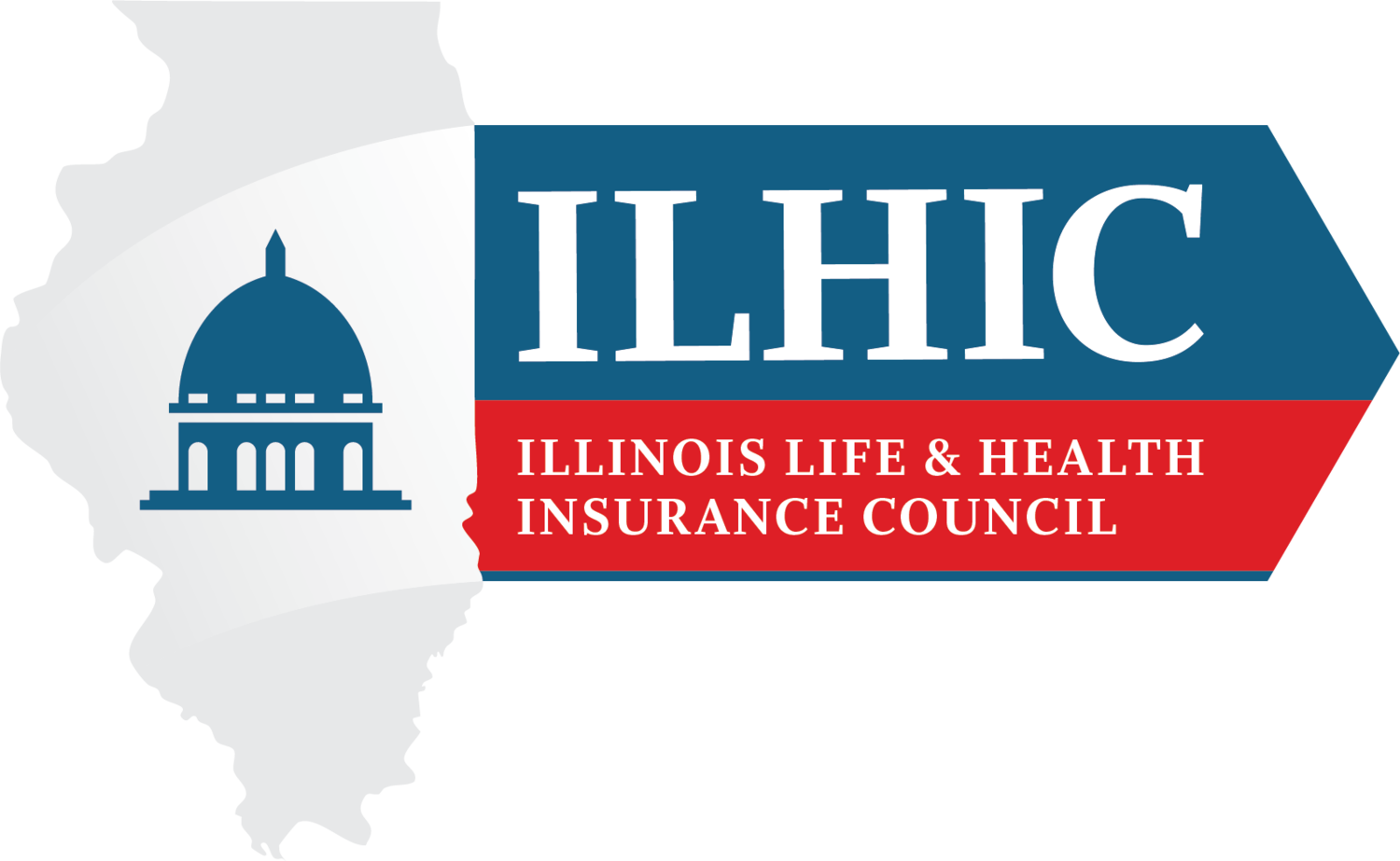Finding Resilience in Uncertain Times
By Laura Minzer
Today is National Stress Awareness Day. An important reminder for all of us to take stock of the stress in our own daily lives and take steps to help us better manage that daily stress.
I suspect that for many of us, the US Presidential Election yesterday and all the months (and years) preceding yesterday took up a lot of space in that day-to-day stress. In fact, a recent poll conducted by the American Psychological Association (APA) reported that nearly 70% of respondents reported the 2024 US Presidential Election as a significant source of stress, eclipsed only by stress over the future of our nation and the economy.[1]
Turmoil and uncertainty, whether perceived or real, often begets stress no matter how far removed one is.
But for those adults in households who reside a little closer to economic insecurity, those stressors are often felt more acutely.
Just as the APA’s poll took the temperature of stress in America, a new Financial Resilience Index developed by the American Council of Life Insurers (ACLI) released last month serves as the financial barometer for a core part of America’s economic identity.[2]
The first of its kind quarterly index examines the interplay between cost pressures (e.g., housing, groceries, childcare, and healthcare), and household resources (e.g., income, access to loans, and readiness for retirement) of the middle class to build out a holistic picture of what financial resilience looks like to one of America’s largest economic demographics.
With over half of American households identifying as middle class, economic downturns cut a little deeper because these households typically fall just beyond the reach of safety net programs making the stress of managing daily household expenses or even unanticipated expenses more difficult.
So, how is the middle class faring in terms of its financial health, stress and resilience?
First, the good news: the October index indicates that middle class households are still growing more resilient as cost pressures appear to be alleviating. However, this resilience is tempered by slowing resource growth – slower increases in wages and strained access to capital.
Now for the other good news: managing these stressors and building resilience is within reach whether you are a middle-income household, a middle-aged woman or any where else on the socio-economic, demographic, and /or political spectrum.
The key to finding the other side of stress is finding the tools and resources to help us reframe and address that stress.
For those seeking relief from current and future financial stress, those tools can include life insurance products designed to provide more certainty amid uncertainty.
Whether it is the sudden loss of a loved one, loss of household income, a temporary absence from employment due to an injury or illness, unexpected out of pocket costs that might accompany a health event or dental emergency, or even being able to afford college, or retirement, these insurance products are designed to absorb the risk of uncertainty and reduce financial stress on daily existence.
In other words, the life insurance industry is a key ally in building financial resilience no matter who takes office in 2025.
And for those still feeling a little stressed out and exhausted by politics on this National Stress Awareness Day, I leave you with this saying by the author Anne Lamott: “Almost everything will work again if you unplug it for a few minutes, including you.”
I don’t know about you, but taking a deep breath and unplugging from the noise of the 24/7 news cycle and social media today sounds like a good plan to me.
